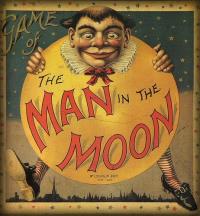What term explains the measurement of music that is generally played in beats per minute?
In musical terminology, tempo ("time" in Italian) is the speed or pace of a given piece. In classical music, tempo is typically indicated with an instruction at the start of a piece and is usually measured in beats per minute (or bpm).
In modern classical compositions, a "metronome mark" in beats per minute may supplement or replace the normal tempo marking, while in modern genres like electronic dance music, tempo will simply be stated in bpm.
Tempo may be separated from articulation and meter, or these aspects may be indicated along with tempo, all contributing to the overall texture. While the ability to hold a steady tempo is a vital skill for a musical performer, tempo is changeable.
While tempo is described or indicated in many different ways, including with a range of words, it is typically measured in beats per minute (bpm or BPM). For example, a tempo of 60 beats per minute signifies one beat per second, while a tempo of 120 beats per minute is twice as rapid, signifying one beat every 0.5 seconds.
The note value of a beat will typically be that indicated by the denominator of the time signature.This measurement and indication of tempo became increasingly popular during the first half of the 19th century, after Johann Nepomuk Maelzel invented the metronome.
More Info:
en.wikipedia.org





